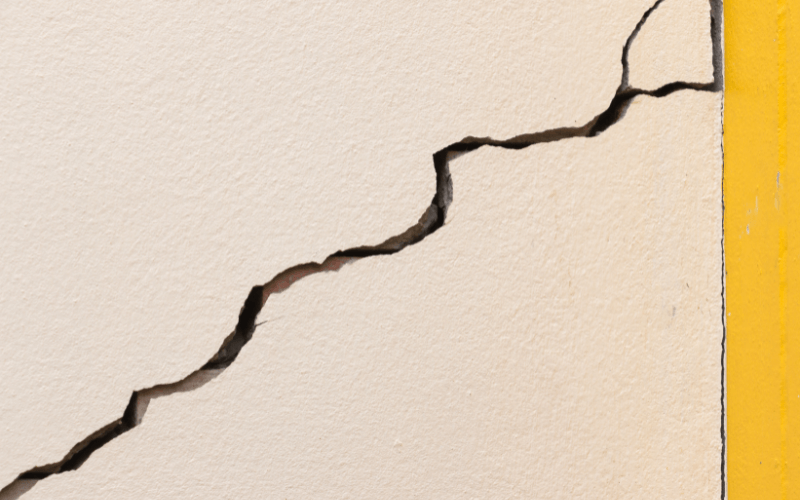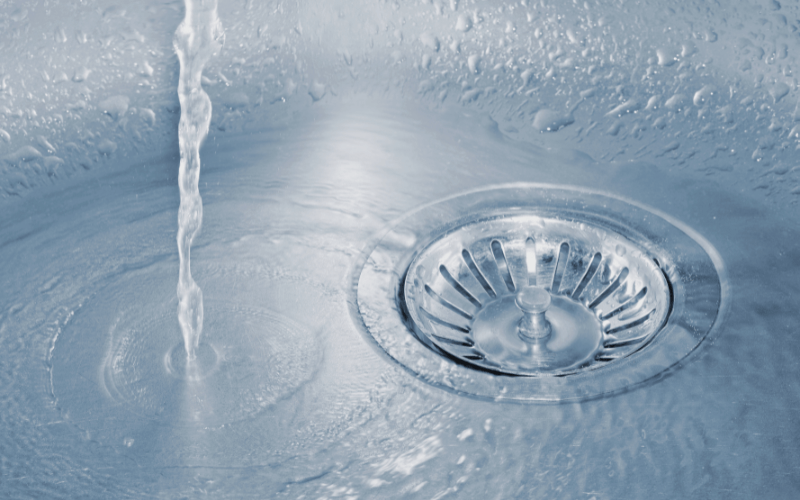Are you responsible for a property that dates back to the mid-20th century or had its drainage system altered during that period? If so, your wastewater could well be flowing through pitch fibre drains – and drainage issues may be present or just around the corner.
This problematic pipework was introduced across the UK during the 1940s when the country urgently needed an alternative to traditional fired clay drains due to wartime materials shortages. Pitch fibre drains continued to be used for homes, businesses and other properties until the 1970s, at which point more durable, reliable plastic pipework became the norm.
Initially, pitch fibre pipes seemed ideal for all sorts of building projects. ‘They were thought at the time to be the latest wonder material, being cheaper than fired clay pipes, and also lightweight and easy to handle,’ construction industry expert Jeff Howell remarks in The Telegraph. However, people’s confidence was misplaced, as many miles of pitch fibre drainage have failed to stand the test of time.
As our Bristol and Bath drains specialists will tell you, it’s important to check whether your property or a property you’re in the process of buying has this type of pipework. Thankfully, all you need to do is ask us to conduct a CCTV drain survey or homebuyer’s drain survey using our agile, powerful cameras, as we’ll explain.

Pitch fibre is made from insoluble, fibrous wood cellulose (the main component of trees’ cell walls) soaked in coal-tar pitch (a thick, waterproof substance formed when coal tar is distilled during industrial processes). So although it certainly wouldn’t win any awards for being environmentally friendly, it does have the kind of qualities drains need to carry wastewater effectively. As long as pitch fibre pipework is in excellent condition, it’s fairly strong, can withstand being exposed to water, and is unlikely to spring a leak. You can see why it appealed to construction companies all those years ago.
However, there’s a major problem with drainage systems that rely on this material. Pitch fibre is particularly prone to structural instability as it ages, especially if the drains have weak joints and are poorly bedded. That’s often the case with pipework used for housing estates, schools and other low-budget, fast-turnaround building projects completed between the 1940s and 60s. As the typical lifespan of a pitch fibre drain is only 40 years, numerous properties across Bath, Bristol and beyond could well have drainage systems that aren’t fit for purpose anymore. In fact, it’s not uncommon for Victorian or Edwardian clay drains, for example, to age better than pitch fibre ones.
Why is it so common for pitch fibre drains to develop structural defects as they get older? The reason is that they react badly to prolonged contact with three drain-clogging substances that often end up being poured down plugholes – fat, oil and grease – as well as hot water.
When pitch fibre pipework was first used, that behaviour wasn’t a major concern. After all, ingredients such as butter, margarine and cooking fat were rationed and rapid-boil electric kettles hadn’t yet been invented. But as food history data from the government indicates, lifestyles have changed dramatically since then. Processed convenience foods (which tend to be fatty, oily and greasy) have been commonplace since the mid-1950s. Plus, people boil more water these days as it’s so easy.
As a result of being exposed to large amounts of fat, oil, grease and hot water, pitch fibre pipe walls often separate into thin layers (a destructive process known as delamination), leading to blisters and warping. Deformed pitch fibre drains restrict the flow of wastewater, are likely to move, leak and suffer from root ingress, and easily get blocked. In severe cases, they may even collapse.
Fortunately, Bath and Bristol property owners and homebuyers, as well as those based in the surrounding area, can rely on Mega-Rod to address any concerns they have about pitch fibre drains. During a CCTV drain survey or homebuyer’s drain survey, we can identify pitch fibre drains and any drainage issues then suggest a plan of action.
Although deformed pipework can be excavated and replaced with modern drains, there is a far less disruptive option. A bullet-shaped re-rounding tool restores pitch fibre drains’ proper shape before they’re cleaned. Then a resin-impregnated polyester textile liner is fitted to strengthen the drains and optimise their performance.
If you’re worried your property may have pitch fibre drains or you’re experiencing pitch fibre drainage issues, call Mega-Rod today on 01225 422980 for prompt, professional assistance.









